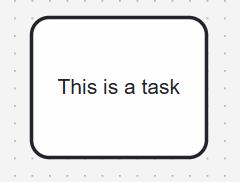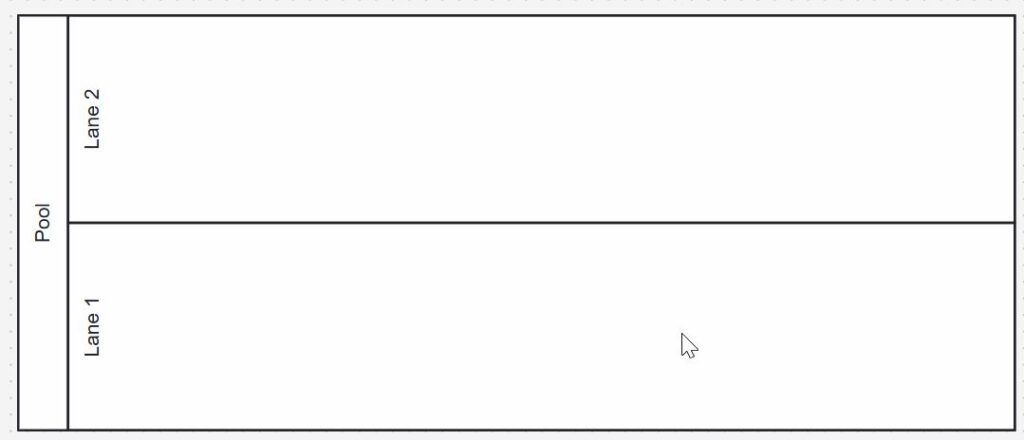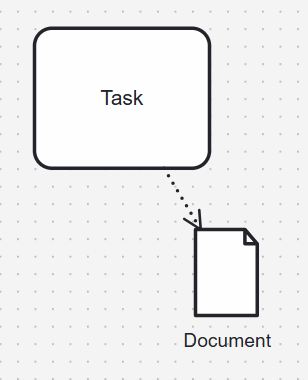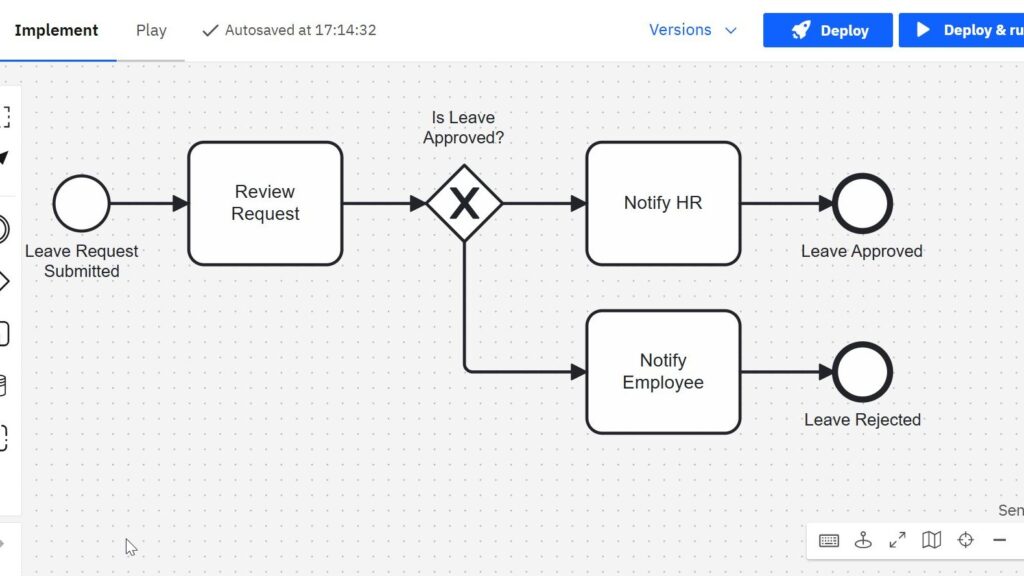Every organization wants to work efficiently. I know I do. I want every process to flow smoothly, from the first step to the final result. That way, customers stay happy, and we reach our goals faster. But how do I make sure everything works like a well-oiled machine? The answer lies in process management and business process modeling. Let me walk you through what BPMN is. The following overview provides an initial introduction to the content.
What is Process Management
Process management focuses on organizing and controlling processes in a company. I aim to ensure every process is clear, efficient, and serves the customer. That includes both external customers and internal colleagues. When I pass a task to a teammate, they become my customer. They need me to deliver the right input. The following overview provides an initial introduction to the content.
Good process management makes this handover seamless. When I map out each step, I quickly see where things slow down or break. Then, I can fix those spots and improve the process. That way, everyone benefits.
What is Business Process Management and Notation
Business Process Management and Notation, or simply BPMN, helps me visualize processes. It gives me a set of symbols to describe each step. When I use BPMN diagrams, I see how work flows from start to finish. This makes it easier to find improvements.
Also, BPMN 2.0 is a standard. That means others can read my diagrams without confusion. We all work from the same rules. When we understand the process, we work better together.
Process Management Basics
When I shift to a process-oriented view, I change my focus. I don’t just look at individual tasks. I see the whole journey from start to finish. My goal stays clear: deliver the best outcome for my customer with the least effort.
I start by understanding the process level model of my organization. This model has several levels. Each level dives deeper into the details of how things work.
Let me explain it with a simple example. Imagine I run a small online store. I sell custom notebooks:
- A customer orders a notebook.
- I check the stock.
- I print the notebook cover.
- I package the notebook.
- I ship the order.
That’s the high-level process. Each step breaks down further:
- Checking stock means logging into my inventory system.
- Printing the cover involves designing, loading the printer, and quality-checking the result.
- Packaging requires choosing the right box, wrapping the product, and labeling.
This breakdown gives me a clear picture. I see where errors happen and where I can save time.
To map this process, I use BPMN 2.0 elements:
Events
Events show when a process starts, ends, or waits for something. In my example, the customer order is a start event. Shipping the notebook is the end event.

Activities
Activities describe the work I do. Checking stock, printing, packaging, and shipping are activities.

Gateways
Gateways mark decision points. If my stock check reveals an empty shelf, I may cancel the order or restock.

Connectors
Connectors link everything together. They show the flow from one activity to the next.

Pools and Lanes
Pools represent groups involved in the process. I am a pool. My supplier might be another. Lanes divide responsibilities within a pool. For example, I might split work between design and shipping lanes.

Artifacts
Artifacts add extra information. I can note down customer preferences or packaging requirements.

Each element in BPMN 2.0 has clear rules. When I follow these, my diagram becomes easy to read. Everyone on my team understands it right away. As a result, we prevent mistakes and save time.
Final Thoughts
Process management helps me run my business better. When I see the flow of work, I remove roadblocks and speed things up. BPMN 2.0 makes this easier. It gives me the tools to draw my processes clearly.
When I ask myself, “what is BPMN?”, I think of it as my process map. It shows me the way to efficiency and success. So, whether I manage a small team or a large organization, BPMN becomes my guide.
Every time I improve a process, my customers notice. They get their orders faster, and I work with less stress. That’s why I believe in process management and BPMN.
Credits: The diagrams were created with Camunda (opens in a new tab).




